Things You'll Need
Landscaping paint
Rototiller
Yard rake
Board
Carpenter's level
Granulated fertilizer
Seed broadcaster
Grass seed
Turf roller
Garden hose
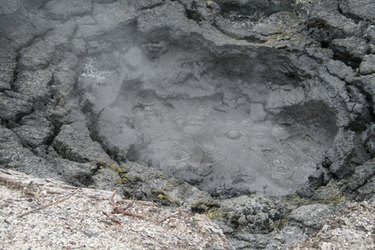
An aboveground pool places hundreds of pounds of pressure on the soil underneath it, and the ground becomes compacted from the weight of the water. After dismantling an aboveground pool, the earth will need rehabilitating to remove the flat indention that has formed and bring life back into the soil. Simplify your renovation using a few landscaping items along with some basic lawn tools to make your yard look as good as new.
Step 1

Define the work area with landscaping paint. Use the paint to draw a line around the old pool area in the shape of a square. Allow three feet from the edge of the pool impression to the sides of the square.
Video of the Day
Step 2

Cultivate the hard-packed soil with a rototiller. Till the soil in a north-to-south direction, and then in an east-to-west direction. Remove all rocks and other debris.
Step 3
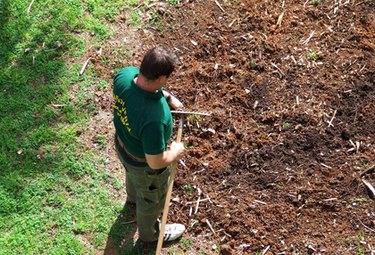
Rake the dirt with a yard rake in the same manner as you tilled, going from north to south and east to west. Smooth over ridges in the soil with the rake, and frequently check the surface level of the ground. To adjust for levelness, lay an 8-foot board on a raked area, and place a carpenter's level on top. The level will show you where to add or remove soil.
Step 4

Amend the soil with all-purpose fertilizer granules. The amount to use will vary and depend on the size of your work area; follow the application chart shown on the fertilizer sack.
Step 5
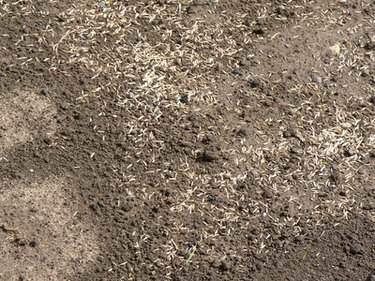
Use a seed broadcaster to apply grass seed over the work area. Spread the seed as evenly as you can to prevent grass from growing in clumps.
Step 6
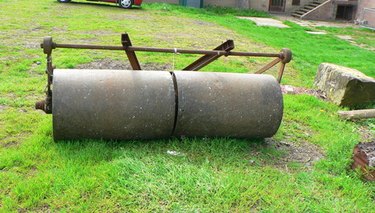
Utilize a turf roller to press the grass seed into the earth and to flatten the surface of your work area. Roll from north to south and then from east to west.
Step 7
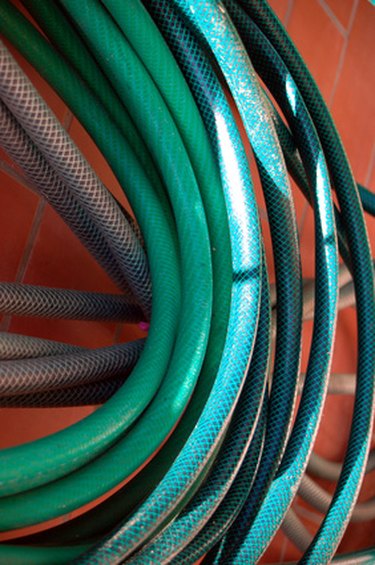
Use a garden hose to water the soil; adjust the hose nozzle to a gentle spray so as not to dislodge the grass seed. Water the entire seeded area until puddles begin to form. Water daily for 10 days.
Tip
A rototiller, seed broadcaster, and small-sized turf roller can be rented at a tool rental center; all other items can be purchased at a home improvement center.
Warning
A rototiller can be dangerous. Keep children well away from the work area.
Video of the Day